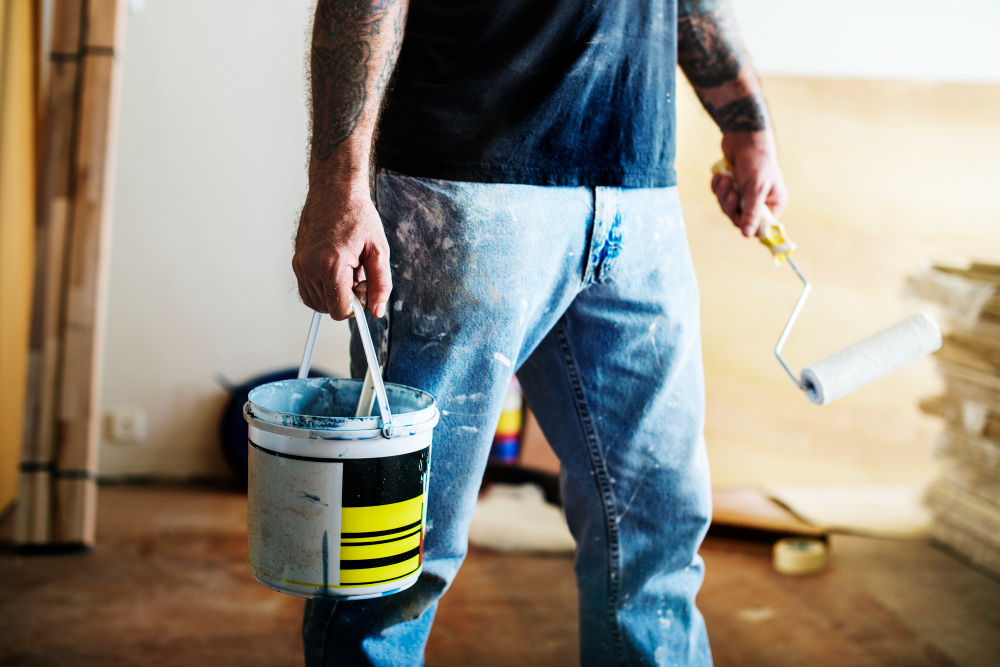Tips for Painting Occupied Spaces

Painting is an essential part of maintaining your commercial space. It can freshen up a drab space, bring new life to a tired and stale environment, and even enhance your business's brand and identity. However, painting occupied spaces comes with its unique set of challenges. It's not a simple process, but it can be made manageable with the right approach. Whether you're a landlord, property manager, or business owner, and you're in need of some painting work, you've come to the right place. In this comprehensive guide, we've compiled a list of essential tips for painting occupied spaces. So, without further ado, here are the insider secrets to painting occupied spaces and doing it right.
1. Plan Your Project in Detail
A successful painting project starts with proper planning. You need to consider a myriad of factors, such as the type and amount of paint you'll need, the time it will take to complete the job, and the safety of your staff and clients. Start by preparing a project timeline, including all the necessary steps from the preparation phase to the cleanup stage. Make sure you include adequate time for drying and curing the paint before reopening the space to the public.
2. Communicate with Occupants
Communication is key to making a painting project in an occupied space smooth and stress-free. You need to inform the occupants and other stakeholders about the painting project's schedule, scope, and what to expect during the process. Give them ample notice and updates, so they can plan accordingly and make necessary arrangements to minimize disruptions. You should also post signs and warnings in visible areas to keep clients and staff safe during the project.
3. Protect Property and Furnishings
Painting can be messy, and you need to take steps to protect your property and furniture from potential damage and stained surfaces. Use painter's tape, drop cloths, and plastic sheeting to safeguard your space from paint drips and spills. Remove any delicate items from the workspace before the project starts and cover larger items with protective plastic. It's essential to be as proactive as possible to mitigate any potential mishaps.
4. Hire a Professional Painting Contractor
When painting an occupied space, it's best to work with professional painting contractors who have experience in such projects. They have both the expertise and equipment required to perform the job safely, professionally, and with minimal disruption. They will also help you navigate any potential issues, such as the best time to paint, which paints to use, and ensuring quality results.
5. Follow Safety Guidelines
Finally, your top priority should be to create a safe environment for anyone in the space during and after the painting project. Follow all relevant safety guidelines and regulations, such as using proper ladders and equipment, wearing personal protective equipment like goggles and masks, and ensuring proper ventilation. Proper safety measures are essential to creating a safe and healthy workspace and ensuring everyone's well-being.
Conclusion
Painting an occupied space may seem daunting, but with the right approach and a few insider tips, it's definitely possible. By planning your project in detail, communicating with occupants, protecting property and furnishings, hiring a professional painting contractor, and following relevant safety guidelines, you can achieve beautiful, long-lasting results without disrupting your business operations. And if you need commercial painting services in Orlando, FL, look no further than Lakestone Painting. Contact us today for a free consultation and experience a stress-free painting experience.